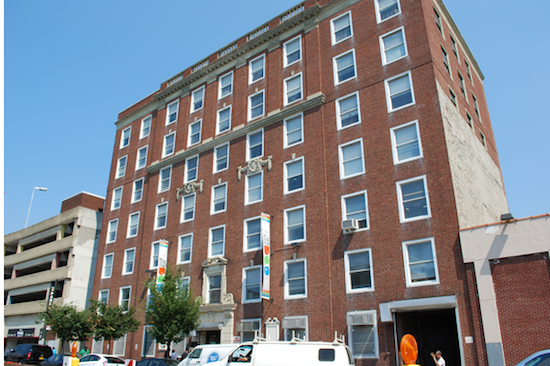More changes in historic Heights
Eye On Real Estate: New Highrises, Hotel Downtown

Screen Shot 2013-08-21 at 9.44.44 AM.png
Are high-profile builders Tom and Fred Elghanayan looking to make their big development site on Livingston Street even bigger?
The two brothers – whose company TF Cornerstone owns a blue-chip portfolio of New York City apartment properties and Manhattan and Washington office buildings – are planning their Downtown Brooklyn debut at 276-300 Livingston St.
Last spring, Cornerstone paid $70 million for this parking garage with storefronts housing an IHOP pancake house, a Greyhound bus station and several other tenants. The developers plan to clear the site for 600 apartments.

Brooklyn Heights
View MoreRead the Brooklyn Height's Press and Cobble Hill News. Find out more about Brooklyn Height's History here.